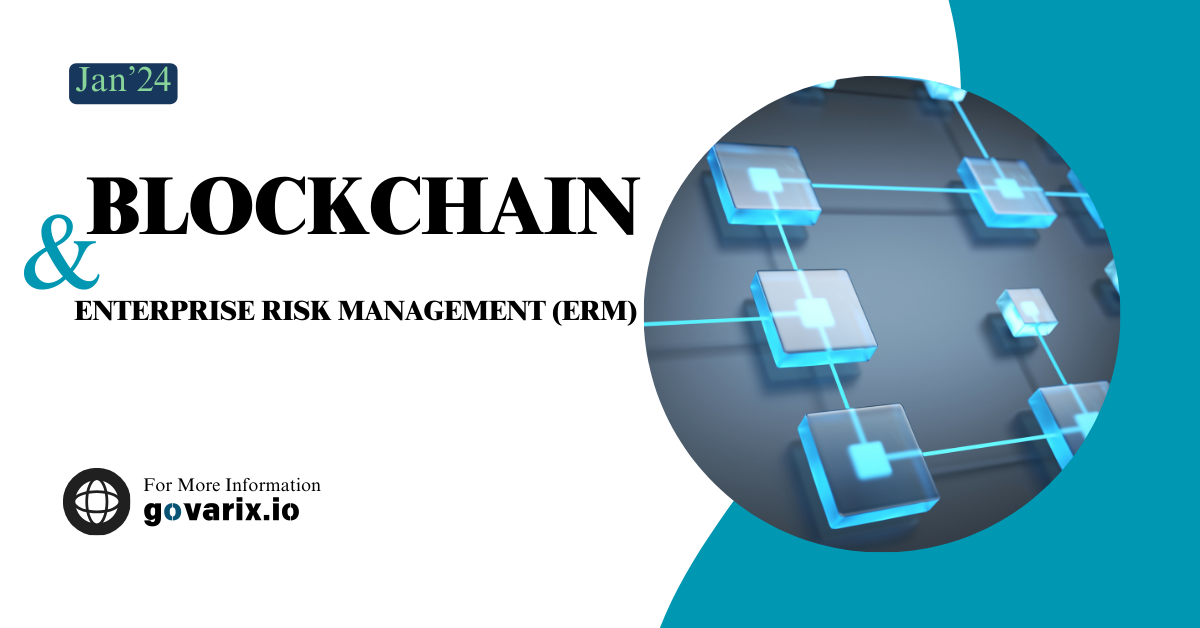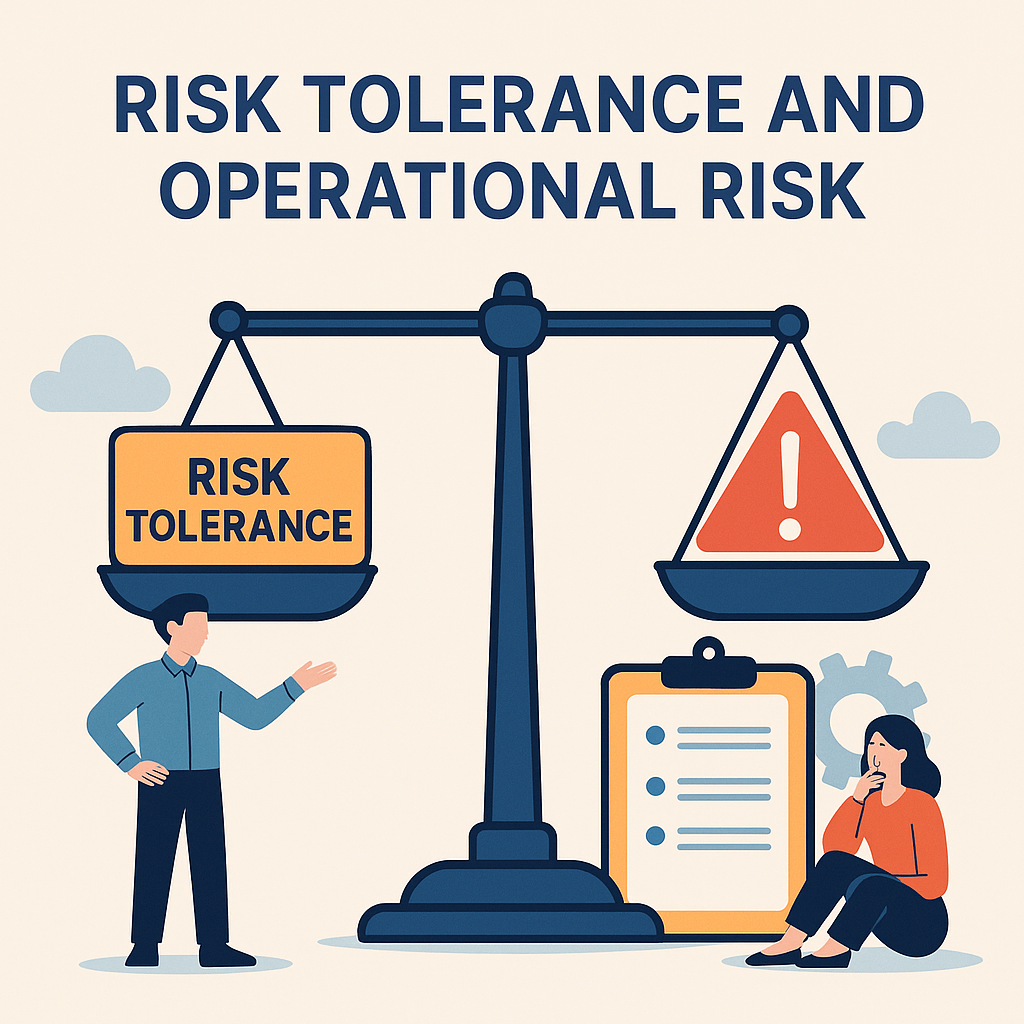Introduction
In today’s rapidly evolving digital landscape, organizations face numerous risks that impact their operational efficiency, financial stability, and regulatory compliance. Enterprise Risk Management (ERM) provides a structured approach to identifying, assessing, and mitigating risks. With the rise of blockchain technology, businesses now have an innovative tool that enhances risk management through transparency, decentralization, and automation.
While blockchain offers numerous benefits, including fraud prevention and improved compliance, it also introduces new risks, such as regulatory uncertainties and cybersecurity threats. This article explores the intersection of blockchain technology and ERM, highlighting both its advantages and challenges in enterprise settings.
Understanding Blockchain Technology
What is Blockchain?
Blockchain is a decentralized digital ledger that records transactions in a secure, immutable, and transparent manner. Unlike traditional centralized databases, blockchain distributes records across multiple nodes, ensuring that no single entity has absolute control over the data. This structure enhances security and trust among participants.
Each block in the blockchain contains:
- A cryptographic hash of the previous block
- A timestamp
- Transaction data
This ensures that the blockchain remains tamper-proof, as altering any block would require modifying all subsequent blocks—a computationally infeasible task.
Types of Blockchains
Blockchain networks can be classified into two main categories:
1. Permissionless (Public) Blockchains
- Open to anyone, allowing public participation in transaction validation.
- Example: Bitcoin and Ethereum.
- Suitable for decentralized applications but presents scalability and regulatory concerns.
2. Permissioned (Private) Blockchains
- Restricted to selected participants, ensuring controlled access.
- Example: Hyperledger Fabric, Corda.
- Preferred by enterprises for data privacy and regulatory compliance.
Core Features Beneficial for Risk Management
- Immutability: Data cannot be altered once recorded.
- Transparency: Transactions are visible to permitted participants.
- Decentralization: Reduces reliance on a single authority.
- Smart Contracts: Self-executing agreements that automate risk mitigation.
The Role of Blockchain in Enterprise Risk Management (ERM):max_bytes(150000):strip_icc()/Enterprise-risk-management_final-3fb67ffdaafb4d3b879de7a0940f6fe7.png)
How Blockchain Enhances Risk Management
Blockchain’s unique properties can improve risk management in several ways:
- Fraud Prevention: Immutability prevents data tampering, reducing fraudulent activities.
- Regulatory Compliance: Secure and verifiable records simplify audits.
- Supply Chain Transparency: Real-time tracking of goods minimizes counterfeiting and theft.
- Operational Efficiency: Smart contracts automate compliance processes.
Industries Leveraging Blockchain for ERM
1. Financial Services
- Use Case: Fraud Detection
- Example: JPMorgan Chase uses blockchain to enhance security in financial transactions and prevent identity fraud.
2. Healthcare
- Use Case: Secure Patient Data Management
- Example: MedRec utilizes blockchain to ensure data integrity in electronic health records.
3. Supply Chain Management
- Use Case: Provenance Tracking
- Example: Walmart employs blockchain to track food supply chains, ensuring food safety compliance.
Risks Associated with Blockchain in Enterprise Environments
Despite its advantages, blockchain presents new risks that organizations must address. As much as it is difficult to understand and implement blockchain technology in the organization, it is equally difficult and important to address the risk and manage those risk.
Security Risks
- Cyberattacks: Susceptibility to 51% attacks, Sybil attacks, and double spending.
- Smart Contract Vulnerabilities: Bugs in self-executing contracts can lead to financial losses.
- Data Confidentiality: Public blockchains may expose transaction metadata.
Regulatory and Compliance Risks
- Lack of Regulatory Clarity: Governments worldwide are still defining blockchain regulations.
- Jurisdictional Challenges: Cross-border transactions face different compliance laws.
Operational Risks
- Integration Challenges: Difficulty in merging blockchain with legacy systems.
- Governance Issues: Decision-making complexity in decentralized networks.
Business and Strategic Risks
- Adoption Costs: High initial investment in blockchain infrastructure.
- Market Uncertainty: Lack of widespread enterprise adoption.
Risk Management Frameworks for Blockchain Adoption
Assessing Blockchain Risks in ERM Models
To integrate blockchain into ERM, organizations must leverage established risk frameworks (There might be some guidelines within the frameworks as well, it is advisable to refer those guidelines or notifications as well):
- ISO 27001: Information security management.
- NIST Cybersecurity Framework: Guides risk management for emerging technologies.
- Blockchain-Specific Risk Management Models: Developed by Deloitte and FINRA for financial institutions.
Key Considerations for Blockchain Risk Mitigation
- Cybersecurity Measures: Multi-signature authentication, encryption, and network monitoring.
- Smart Contract Audits: Regular code reviews to prevent vulnerabilities.
- Regulatory Compliance: Implementing AML (Anti-Money Laundering) and KYC (Know Your Customer) measures.
Integrating Blockchain into ERM Strategies
- Align blockchain with existing risk policies of the organization.
- Establish governance and monitoring frameworks and clearly communicate it.
- Conduct continuous risk assessments to adapt to evolving threats.
Future Trends and Recommendations
Along with blockchain technology as a whole concept, there are other emerging Innovations in Blockchain & Risk Management;
- AI-Powered Risk Detection: Machine learning for fraud prevention.
- Cross-Industry Collaboration: Developing universal blockchain standards.
- Tokenization of Assets: Enhancing security in digital transactions.
Best Practices for Enterprises Considering Blockchain
- Conduct Comprehensive Risk Assessments before implementation.
- Engage with Regulators to ensure compliance.
- Invest in Cybersecurity Training to educate employees on blockchain risks.
Conclusion
To sum up, blockchain technology presents unprecedented opportunities in Enterprise Risk Management (ERM) by enhancing transparency, security, and efficiency. However, its adoption introduces new risks that organizations must proactively address. By integrating blockchain into existing ERM frameworks and implementing robust risk mitigation strategies, enterprises can harness its benefits while minimizing potential threats.
As the regulatory landscape continues to evolve, businesses should remain adaptable, informed, and proactive in their approach to blockchain risk management.
References
- Jason Duy Thong Do (2018). Blockchain: Risk Analysis Issues, Potential, and Opportunities.
- Mubashar Iqbal (2020). A Reference Model for Security Risk Management of Blockchain-based Applications.
- Deloitte (2022). Blockchain Key Considerations and Risk Management.
- US Financial Services Industry (2022). Blockchain Risk Management: Risk Functions Need to Play an Active Role.
- Internet Sources:








